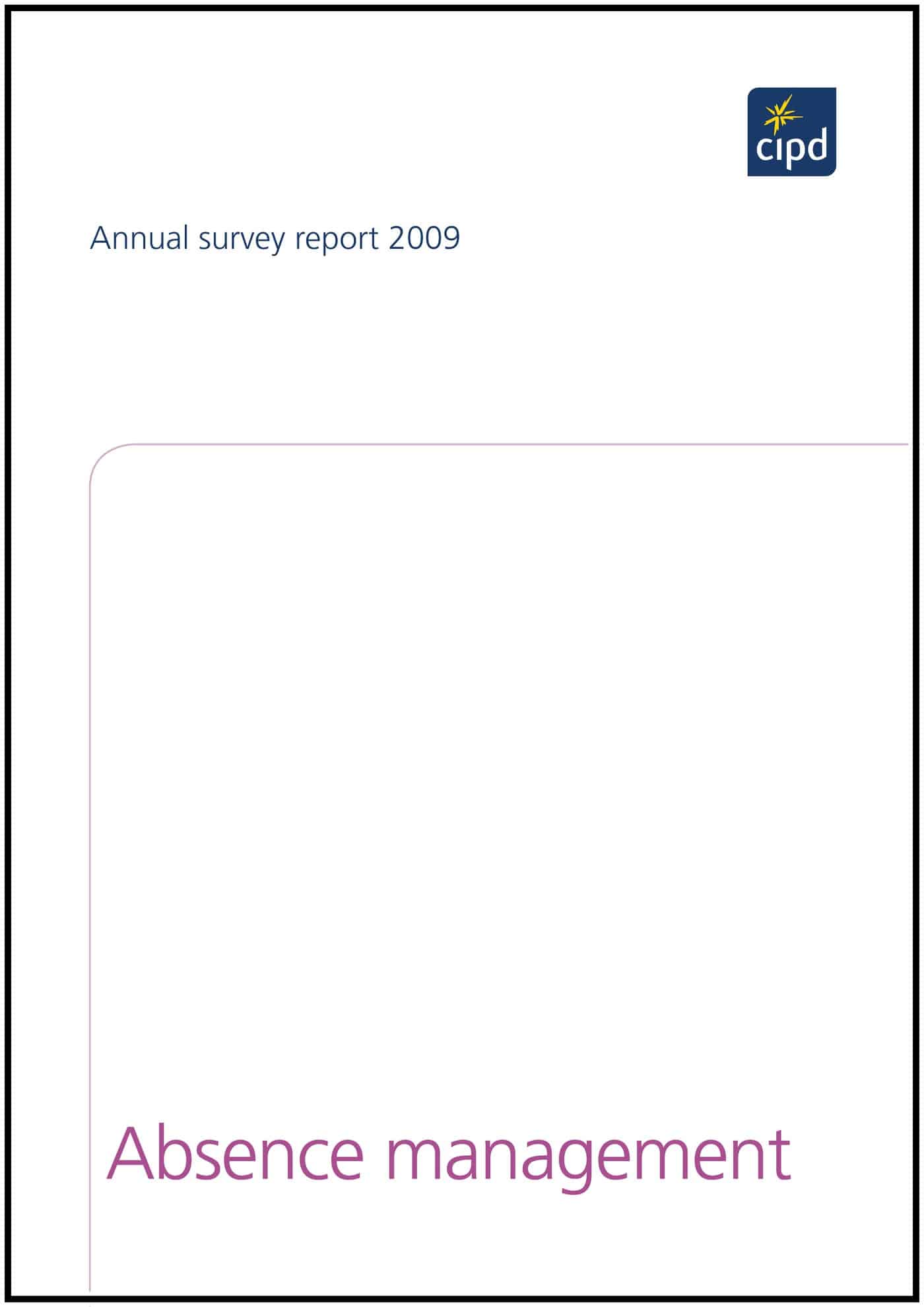One of the occupational health and safety (OHS) issues that does not “travel” well across international borders is workplace bullying. Each country usually has its own laws (if at all). Each operates in a different culture and each has a different definition of what constitutes workplace bullying. Those who communicate and publish information on this hazard need to be sure that an article is relevant to its readership or at least clearly indicate the article’s overseas origin.
On 28 May 2014 the Australian Financial Review (AFR) published a


 Individually, employees can convince themselves that they are indispensable. The risk, from the workplace safety perspective, is that the individual is not accessing the mental health and stress relief that can come from being away from a workplace for several weeks.
Individually, employees can convince themselves that they are indispensable. The risk, from the workplace safety perspective, is that the individual is not accessing the mental health and stress relief that can come from being away from a workplace for several weeks.